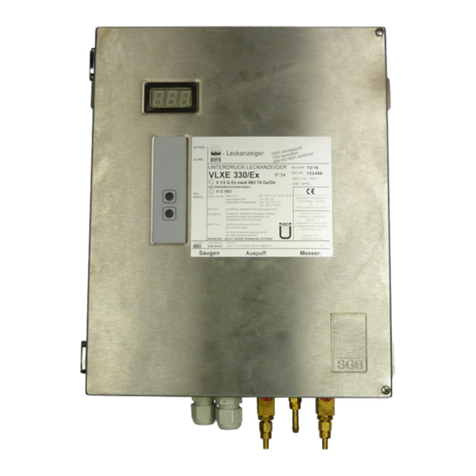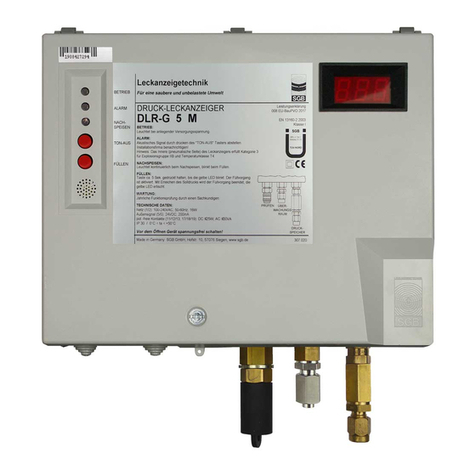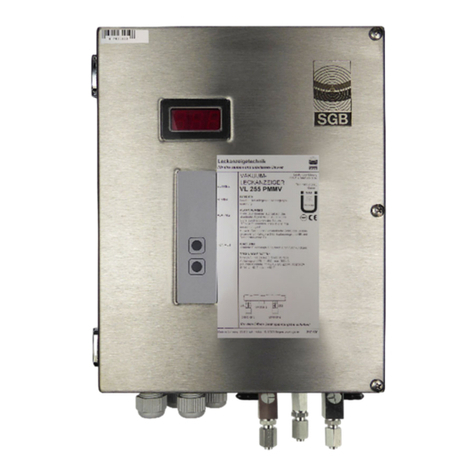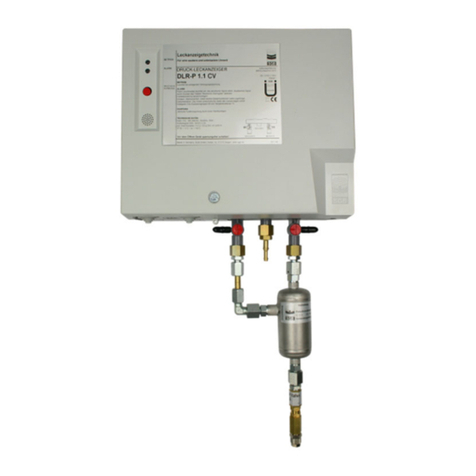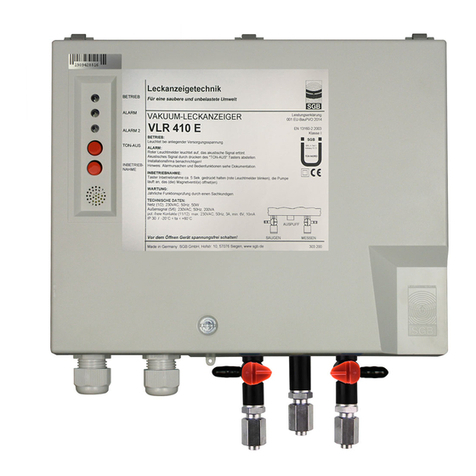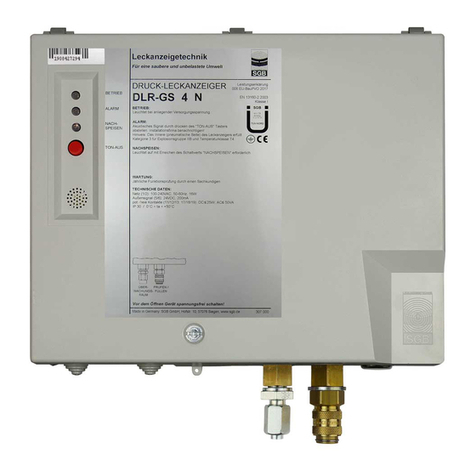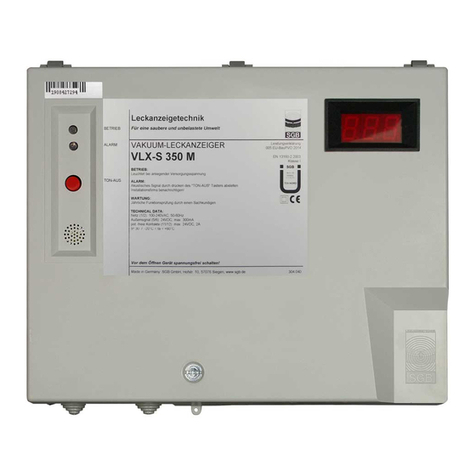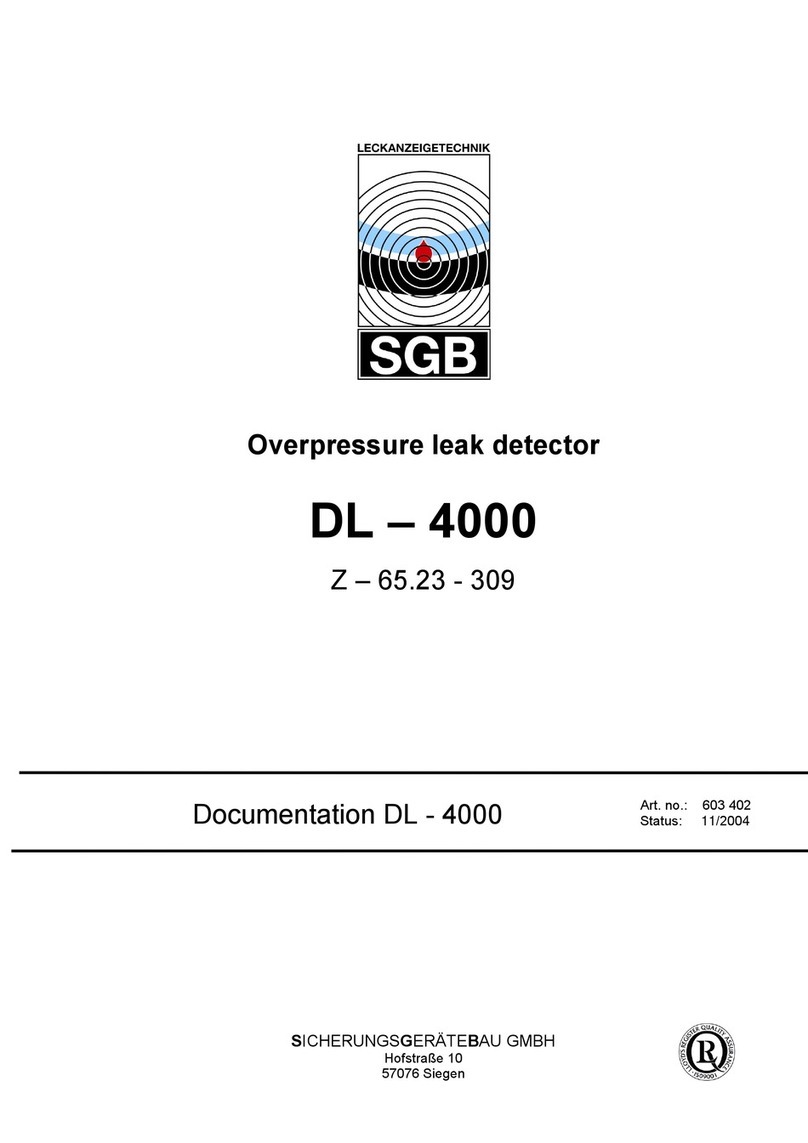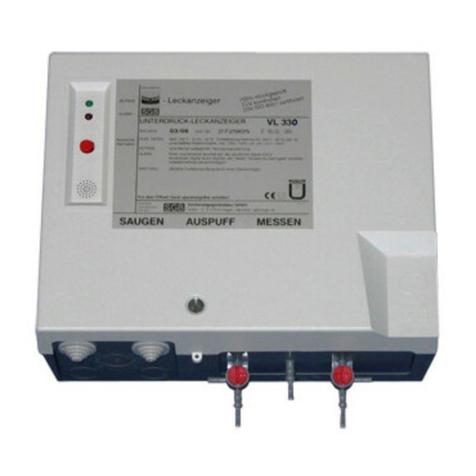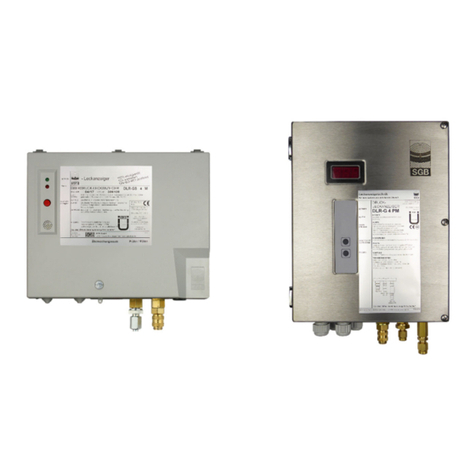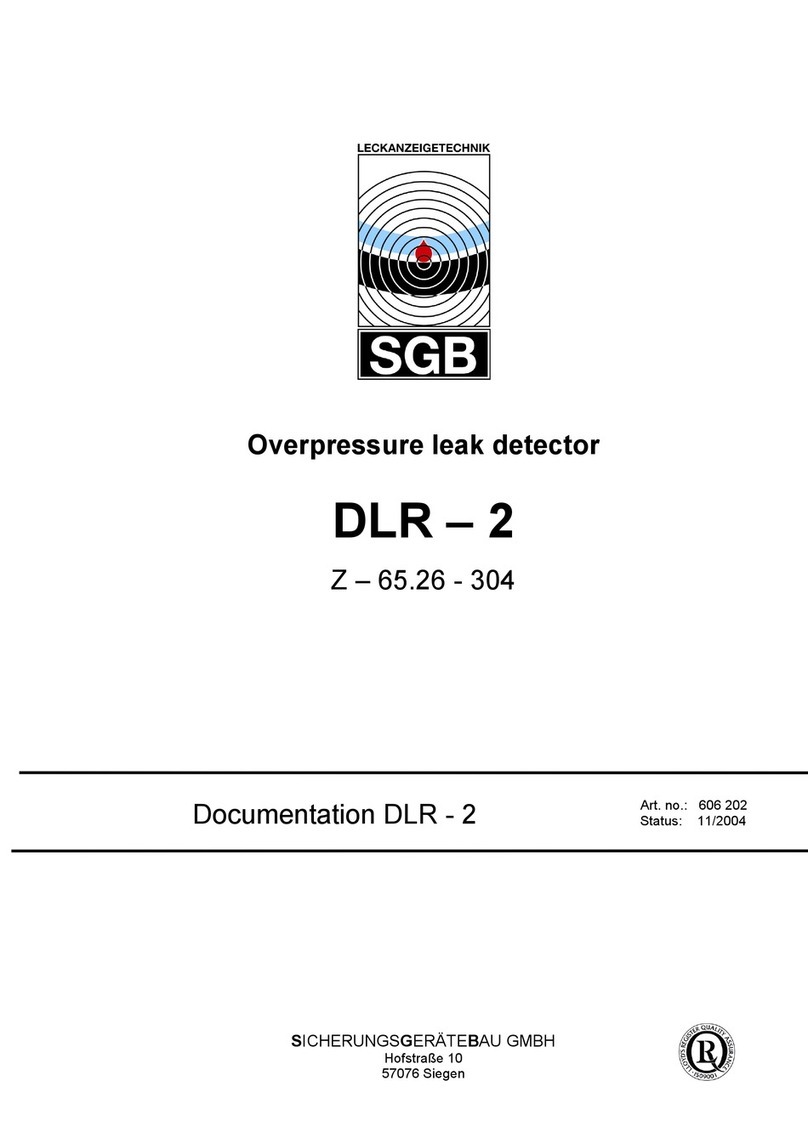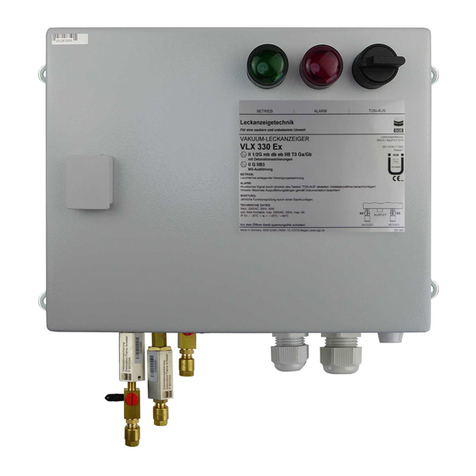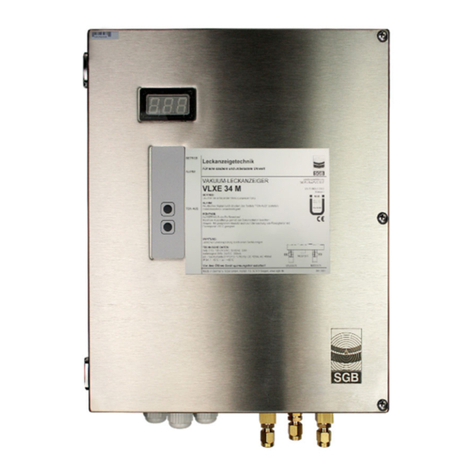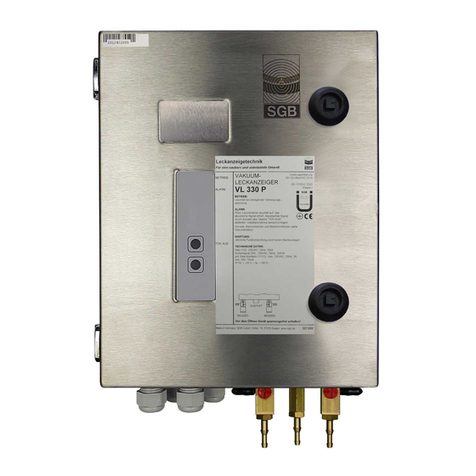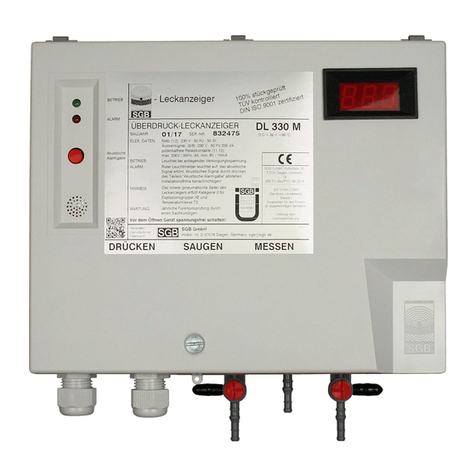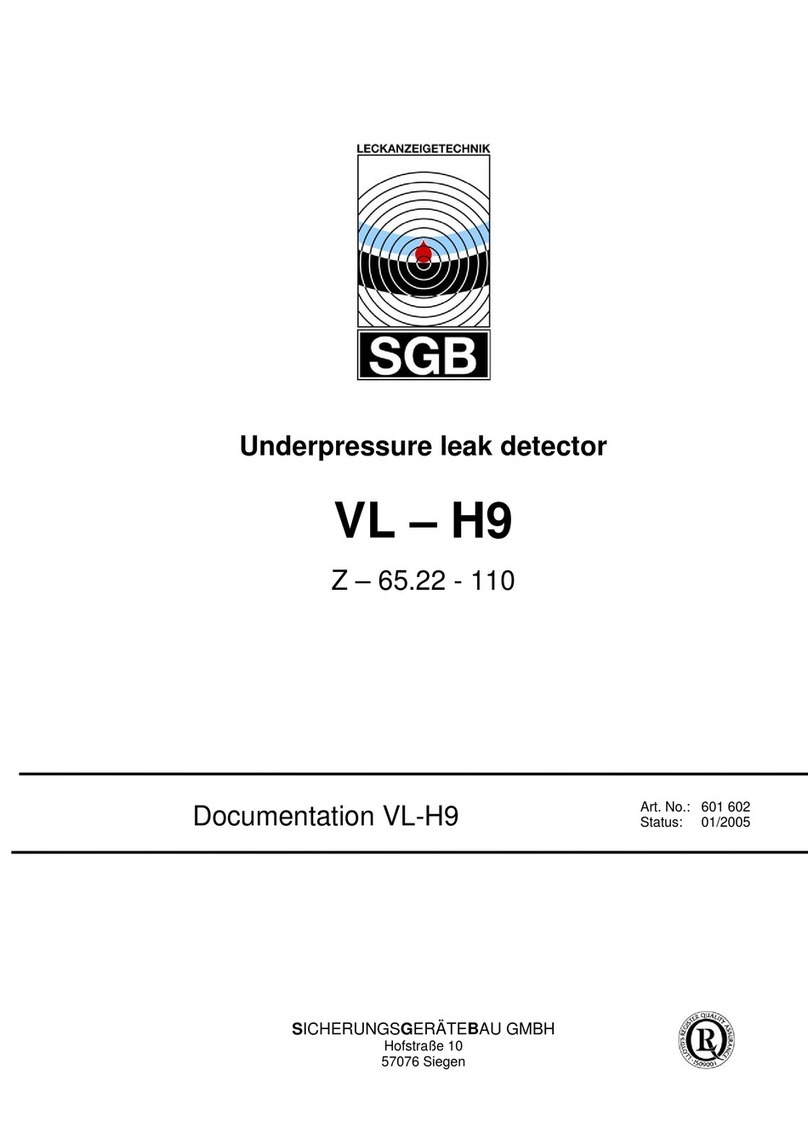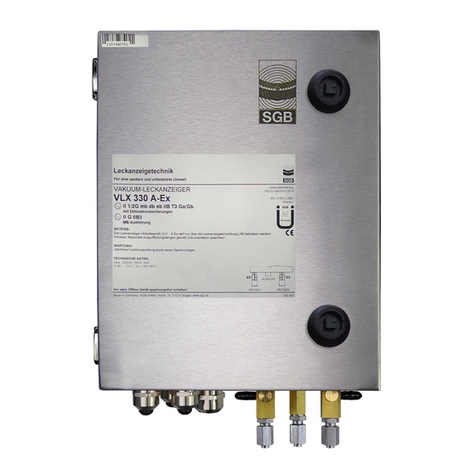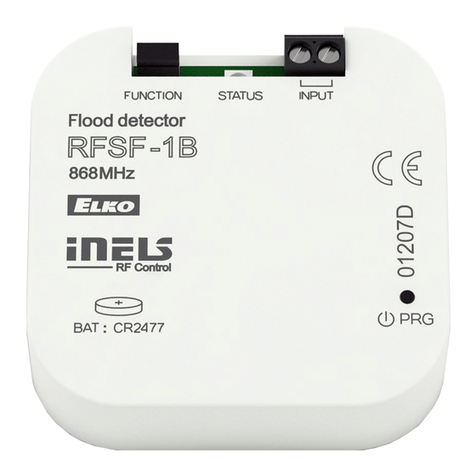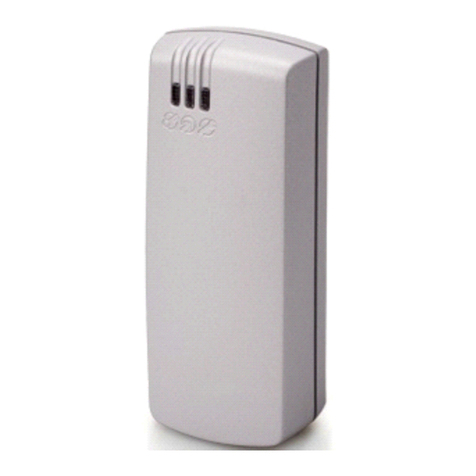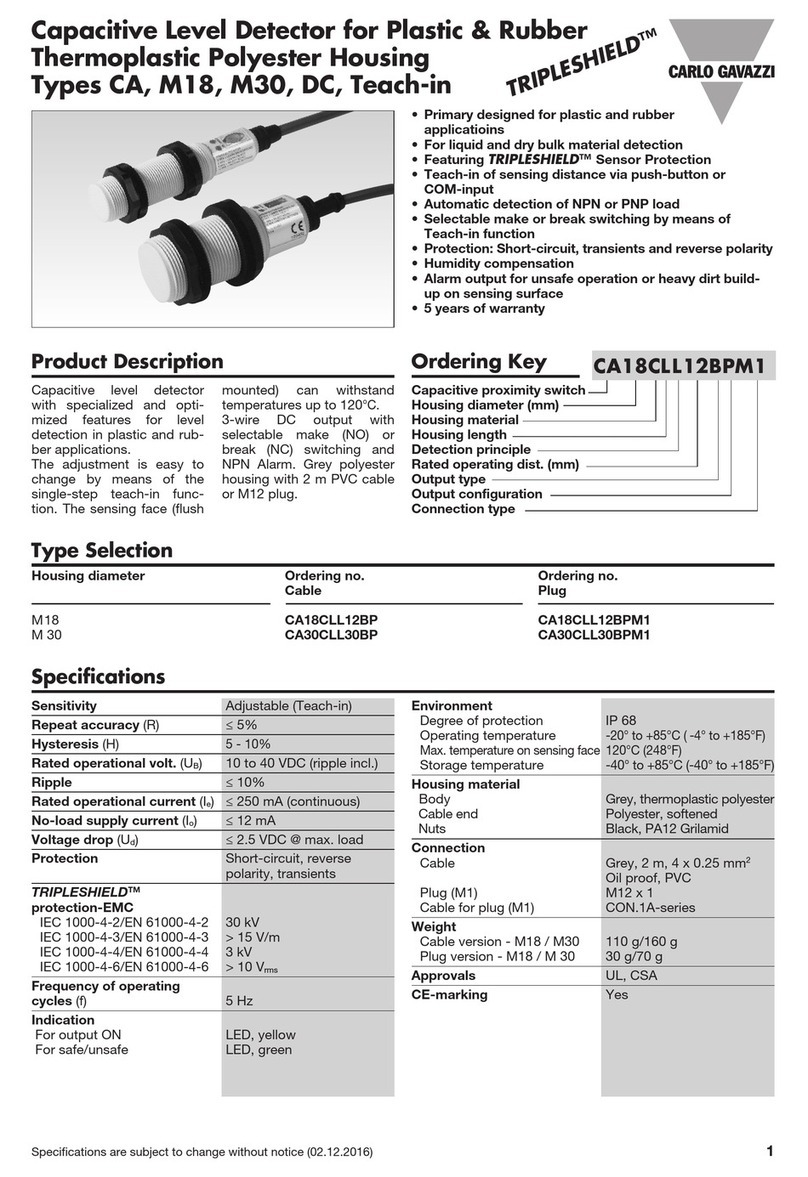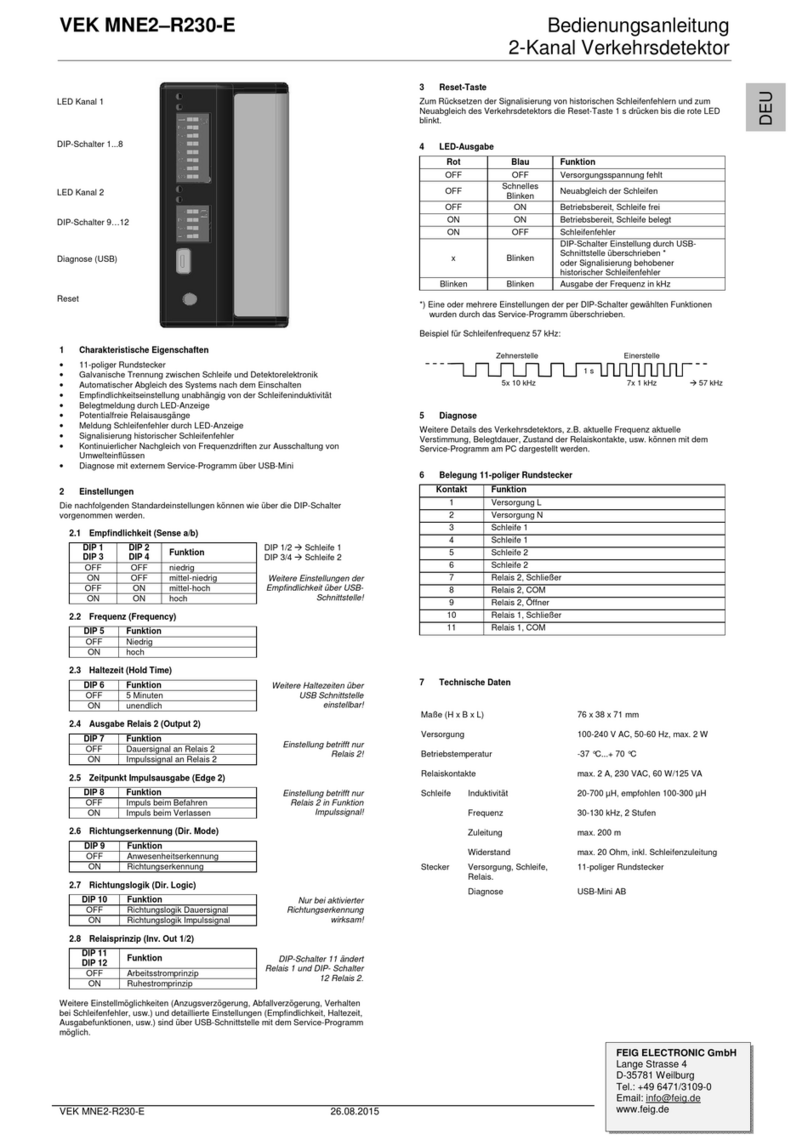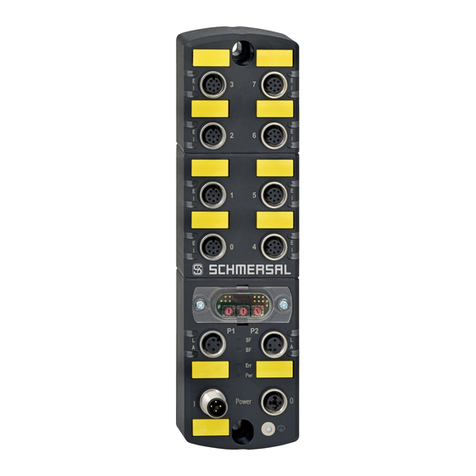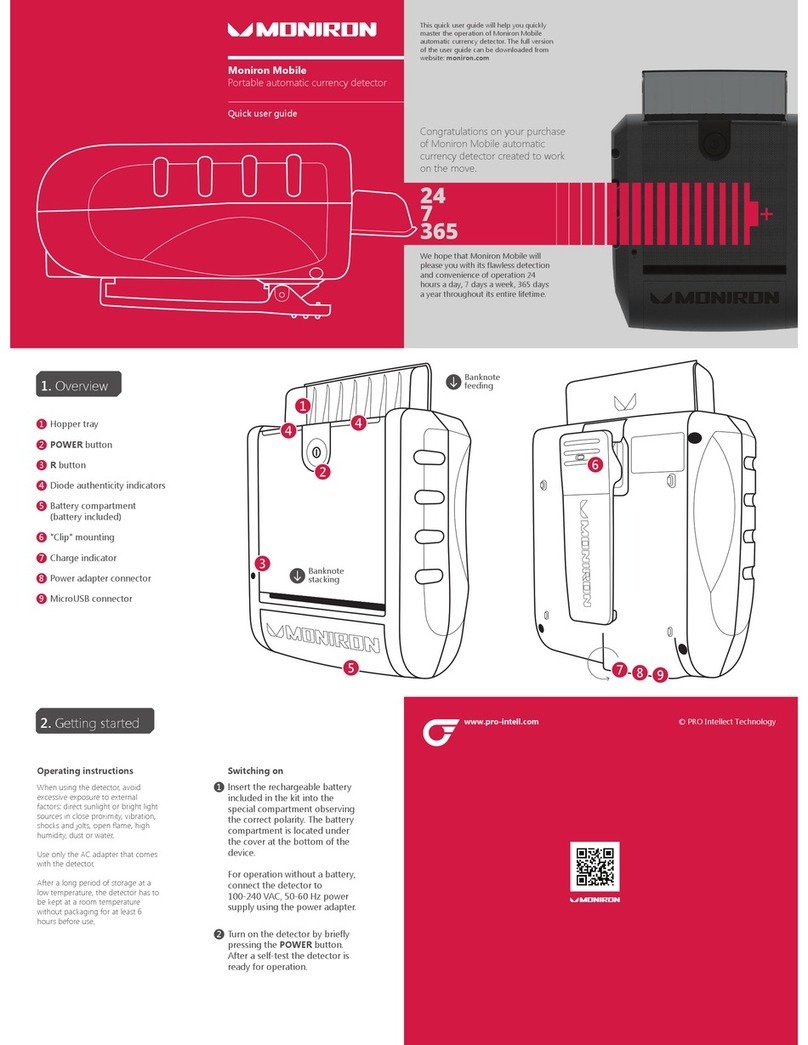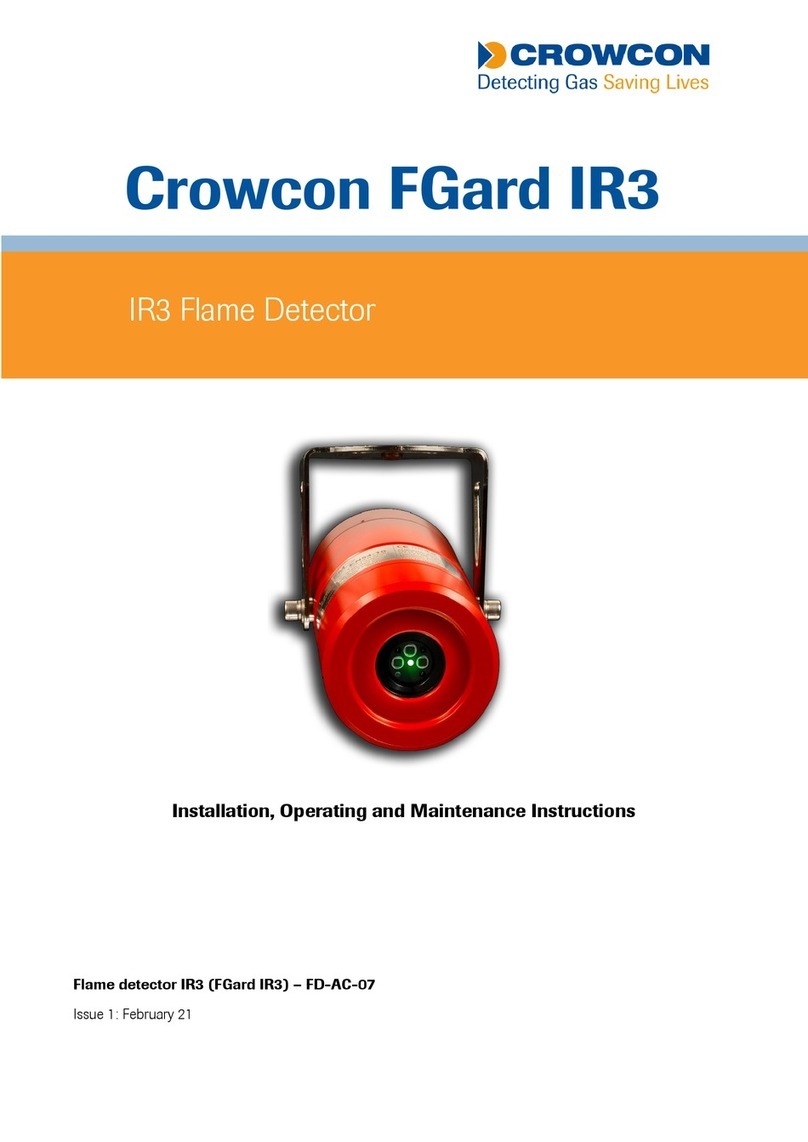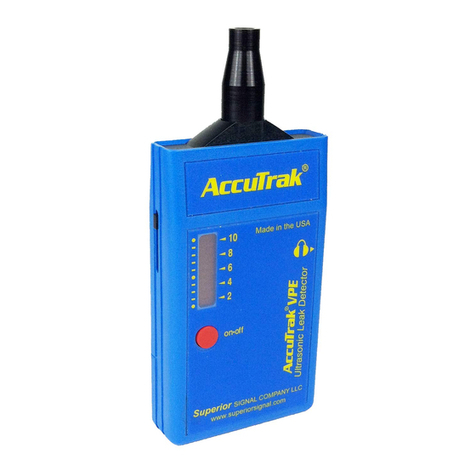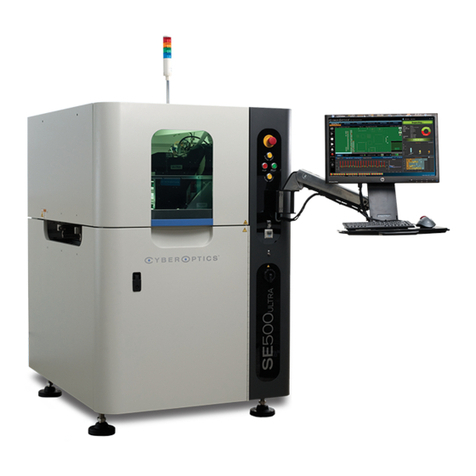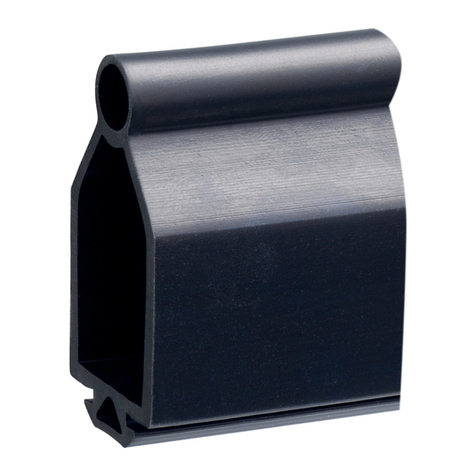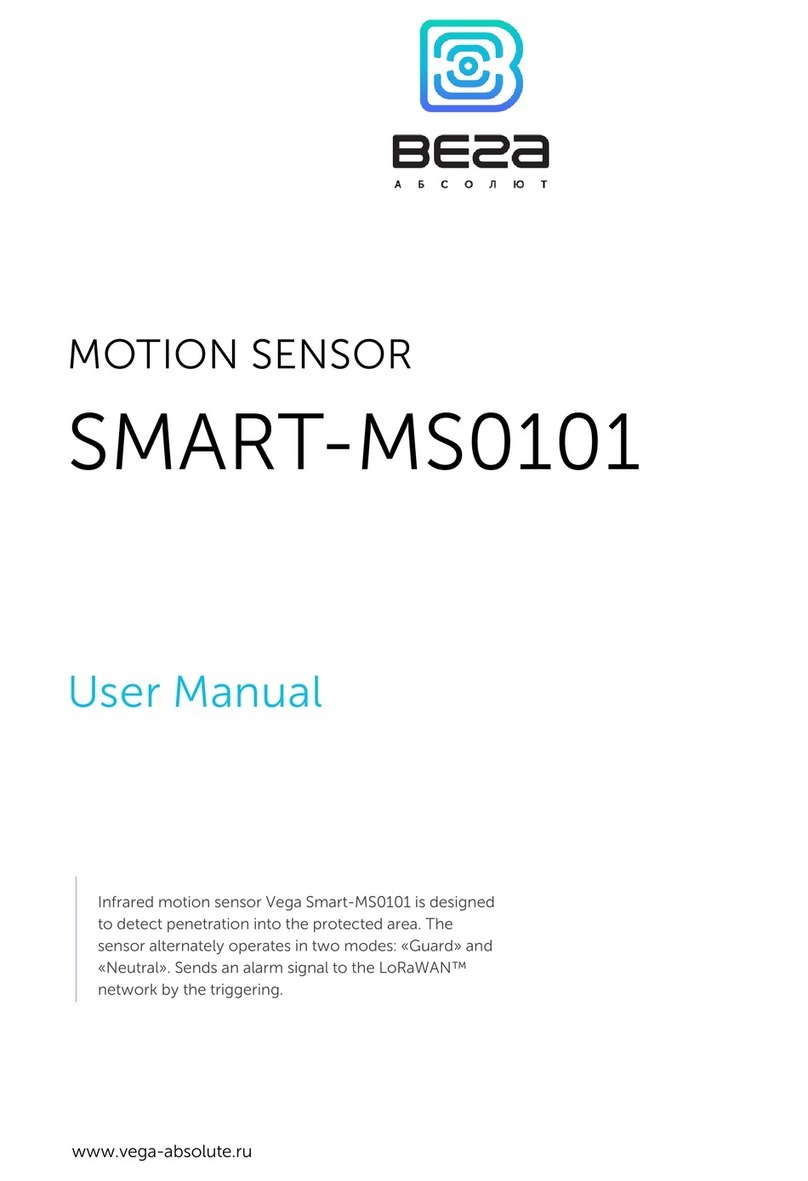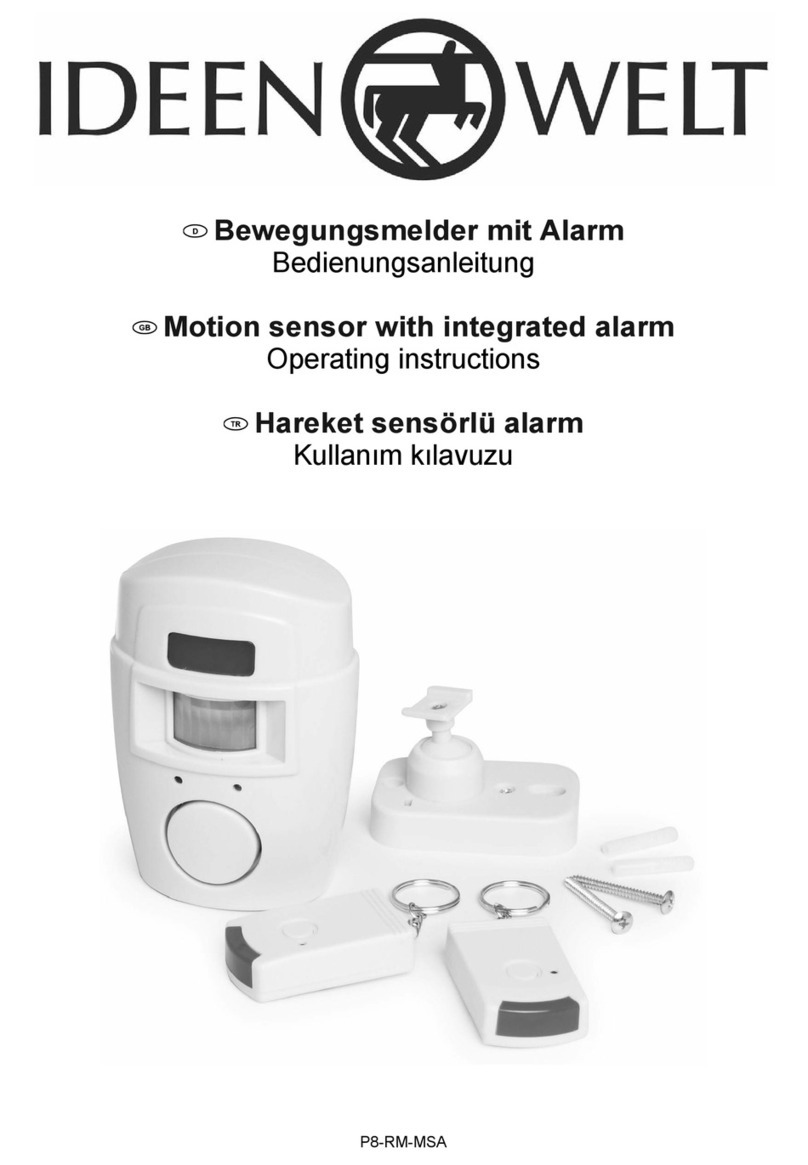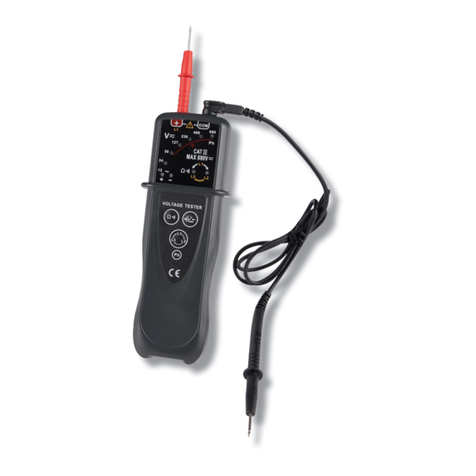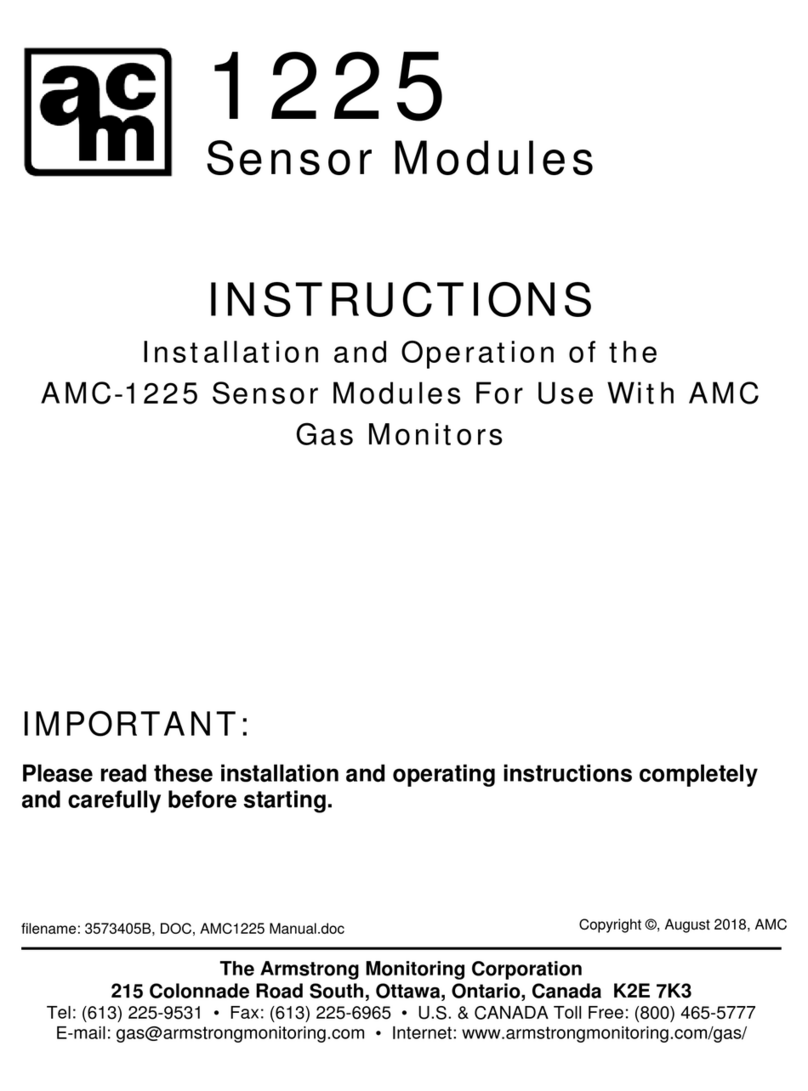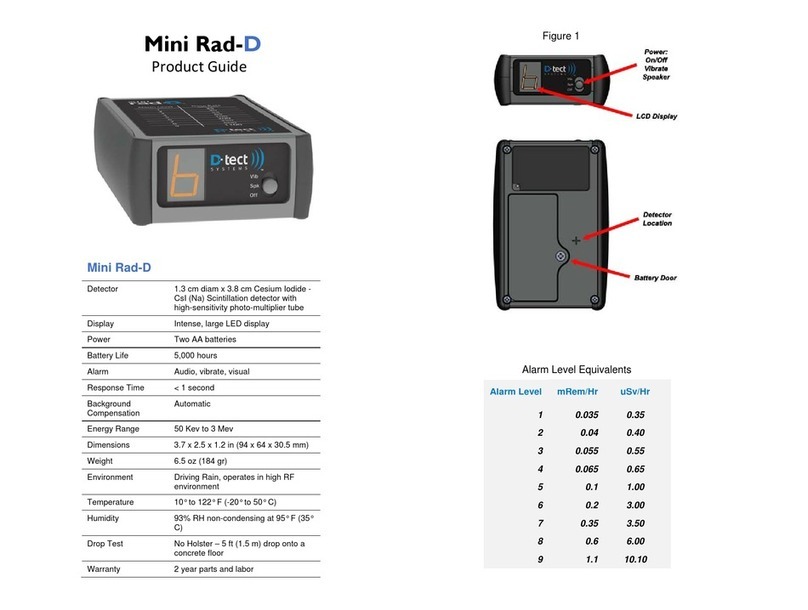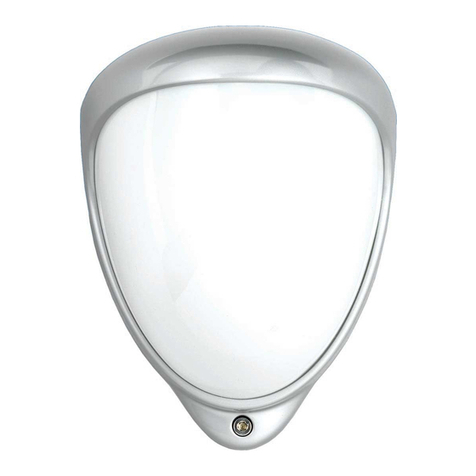
OVERPRESSURE – LEAK DETECTOR DL ..
DL .. DLG ..
Zero point adjustment3:
Three-way valve 21 in setting II (alarm triggered,
pump running)
Press and hold the button "Audible alarm" until
the "Alarm" LED flashes quickly (approx. 5 sec.),
release button, then press again and release.
Zero point adjustment is confirmed by 3 visual
and audible signals.
Three-way valve 21 in setting I
The zero point adjustment can only be repeated
after operating pressure has been built up.
Filling the interstitial space with leak detection
medium
Press and hold the "Filling" button for approx. 5
sec. until the yellow LED flashes. Filling is
activated.
On reaching the operating pressure, the yellow
LED goes off and filling stops.
When pressure falls because of pressure
compensation processes, filling can be activated
again to ensure that the interstitial space is filled
completely.
If you hold the button for longer than 10 sec., this
triggers the alarm. It goes off again just after you
release the button.
Checking the tightness of the monitored system
Press and hold the button "Audible alarm" until
the "Alarm" LED flashes quickly, then release. A
value for tightness is shown when the "Alarm"
LED lights up (see chapter 6.4.5)
For this check, the leak detector must have
completed at least 1 automatic refilling interval in
normal operation (i.e. without filling with an
installation pump) for a meaningful statement.
Checking the tightness of the monitored system.
Press and hold the button "Audible alarm" until
the "Alarm" LED flashes quickly, then release. A
value for tightness is shown when the "Alarm"
LED lights up and is also shown in the display
(see chapter 6.4.5)
10 sec. after the value is displayed, the leak
detector goes back to normal operation.
For this check, the leak detector must have
completed at least 1 automatic refilling interval in
normal operation (i.e. without activating the filling
function) for a meaningful statement.
4 Installation instructions
4.1 General
(1) Installation only by qualified companies4.
(2) Comply with pertinent accident prevention regulations.
(3) Comply with the ex regulations (if necessary) such as BetrSichV [Operational Safety
Ordinance] or others.
(4) Before inspecting control shafts, check the oxygen level and scavenge the control shaft if
necessary.
DLG ONLY
(5) When transporting the pressure cylinder to and from the site, always comply with the
corresponding traffic regulations.
(6) Secure the pressure cylinder on site to prevent it from falling over.
3Only applicable for DL 50 to DL 450.
4For Germany: qualified companies as per § 19l WHG [Water Resources Act] with skills and know-how
when it comes to fire and explosion protection.
26/01/2006 6




















